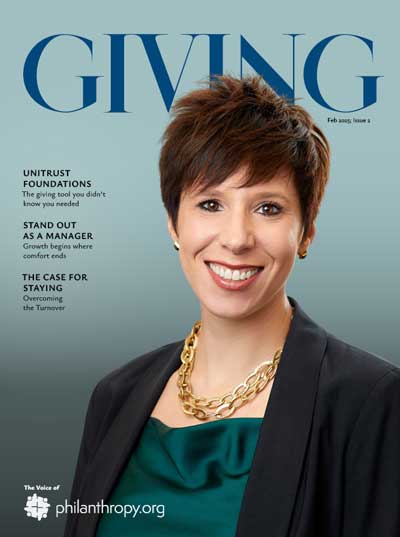If you’ve ever run a marathon or know someone who has, you know they take preparation and stamina. Running a marathon and implementing a capital or comprehensive campaign have much in common.
You wouldn’t show up at the starting line for either without putting in the necessary early work. And you wouldn’t start celebrating success at mile 17 when there’s still a long way to go. Here’s how the phases of a fundraising campaign compare to training for and completing a marathon.
1. Campaign Assessment (Initial Fitness Evaluation)
Before lacing up your running shoes for marathon training, you must first assess your current fitness level. Similarly, before launching a capital campaign, nonprofit organizations conduct a feasibility study or campaign assessment. This is where you evaluate your resources, capacity, and readiness to take on such an ambitious effort. It’s about testing your endurance early on—how much can you realistically raise, and who will support the campaign?
This assessment phase gives you a clear picture of the strengths and weaknesses of your organization, much like a fitness test helps a runner understand where they stand. The feedback from this phase ensures that your capital campaign will be grounded in reality and has the foundation for success.
2. Campaign Preparation (Marathon Training)
After the fitness assessment, a runner enters a structured training program. They build endurance by gradually increasing distance while strengthening their muscles and practicing pacing strategies. In a capital campaign, the preparation phase is just as essential. This is where planning, strategic alignment, and leadership development occur.
During this time, the internal team is solidified, key donors are identified, and the campaign message begins to take shape. Just as a marathoner wouldn’t jump into the longest runs right away, nonprofit organizations use this phase to clarify goals, align teams, and begin cultivating donors. The effort put in this stage ensures your team is ready for the road ahead.
3. Early Phase (Early Miles of the Race)
Once the marathon starts, runners must pace themselves. The first few miles are crucial to conserving energy for the entire race. Similarly, in the early phase of a capital campaign, known as the “quiet phase,” organizations begin making significant but carefully timed asks of top donors. These early gifts build momentum and provide a financial foundation.
This part of the race requires discipline. Just as a runner must avoid starting too fast, campaign teams must resist rushing broad appeals. Instead, they should build relationships with key stakeholders. The success of this phase sets the tone for what’s ahead.
4. Public Phase (Final Miles)
The final miles of a marathon are often the most grueling. The body is tired, but the finish line is in sight. This mirrors the public phase of a capital campaign, where the final push is needed to meet fundraising goals. By this point, much of the goal has been secured privately, and not it’s time to bring the broader community into the effort.
This phase involves public appeals, events, and media campaigns— like the last stretch of a marathon where crowds cheer runners toward the finish. Every contribution counts, and momentum from early wins helps propel the team forward.
5. Capstone Phase (Cross the Finish Line, Celebrate, Evaluate)
Crossing the finish line in a marathon is exhilarating. There’s an overwhelming sense of accomplishment—and an immediate need to recover. In a campaign, once the goal is reached, the work isn’t entirely done. Celebrations and expressions of gratitude are critical. Donors, volunteers, and the community all need to be acknowledged for their role in the success of your fundraising campaign.
The final phase also includes evaluation and debriefing. Just as runners reflect and recover to prevent injury and prepare for future races, nonprofit organizations wrap up thoughtfully to preserve long-term relationships and carry lessons into the future.
In both running a marathon and conducting a capital campaign, preparation, pacing, and perseverance are essential. Each phase contributes to overall success, ensuring you reach your goal while maintaining the health and strength of your organization along the way. Learn more at benefactorgroup.com.


